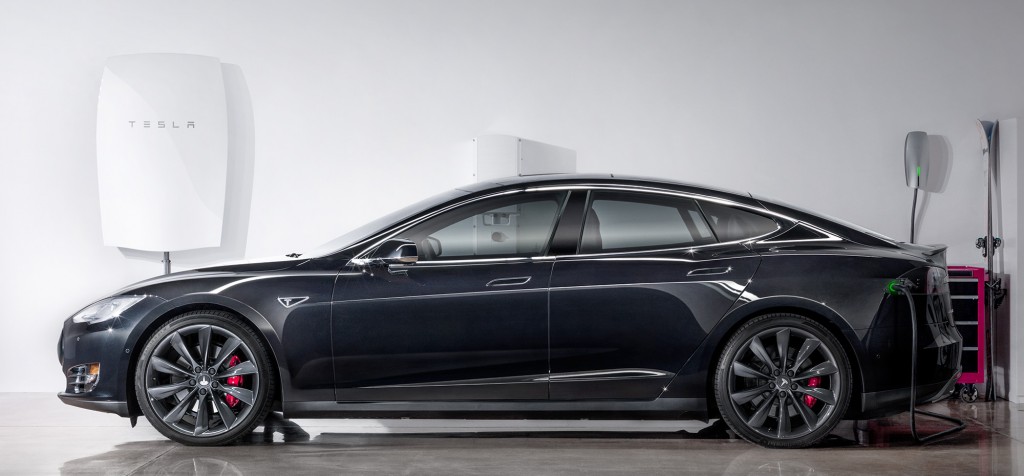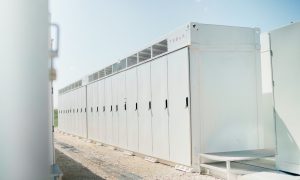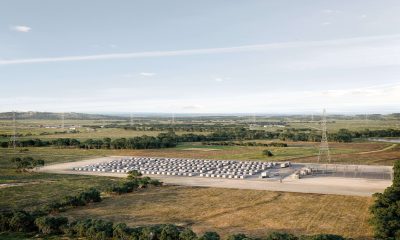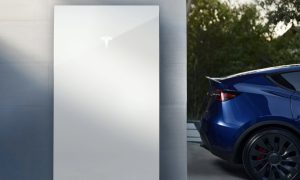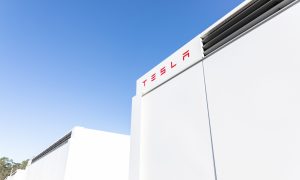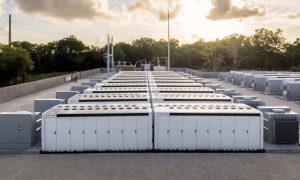Energy
Tesla PowerWall Debuts: $3,000 Home Battery
Tesla Energy has announced its new PowerWall residential storage battery. Price for a 7 kWh system is just $3,000. Several batteries can be interconnected.
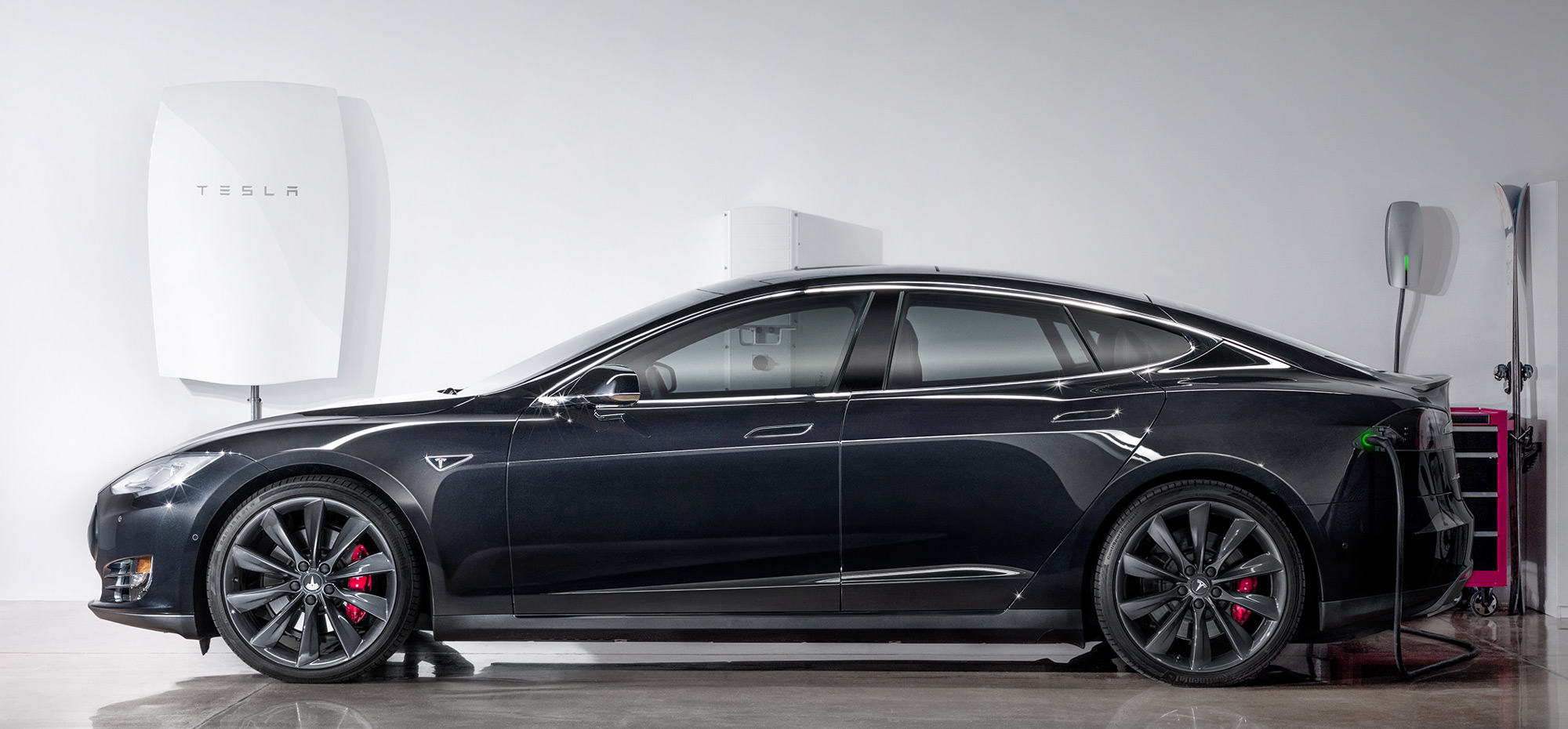
The world got its first look at the Tesla PowerWall yesterday during a splashy debut presentation – an event powered solely by energy collected from solar panels earlier in the day and stored in an array of PowerWall batteries. In essence, the PowerWall is a large uninterruptible power supply for homes. Elon Musk was in particularly high spirits as he modestly proclaimed this new technology could eliminate the world’s need for fossil fueled electricity forever.
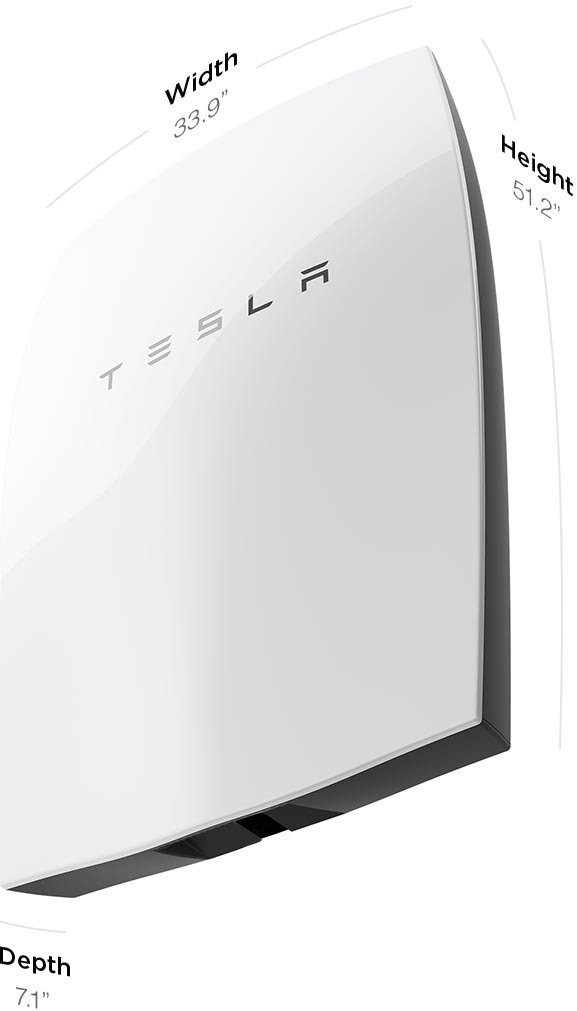
As technology journalist and Tesla owner Daniel Sparks correctly predicted on Tuesday, Tesla’s battery storage business will be conducted under the name Tesla Energy — a name the company reserved more than a decade ago. Tesla Energy will provide battery storage systems for three potential markets; residential, commercial and utilities.
Tesla PowerWall Residential System
The biggest news about the Tesla PowerWall battery storage system for residential customers is the price. A 7 kWh PowerWall is just $3,000. That’s far less than most observers expected. A 10 kWh system lists for $3,500. Do you need more than 10 kWh of storage? No problem. The units are designed so that as many as 9 of them can be plugged together for a total of 90 kWh of storage.
Here are the specs as provided by the Tesla Energy website:
- Technology Wall mounted, rechargeable lithium ion battery with liquid thermal control.
- Models 10 kWh $3,500 — for backup applications. 7 kWh $3,000 — for daily cycle applications
- Warranty Ten year warranty with an optional ten year extension.
- Efficiency 92% round-trip DC efficiency
- Power 2.0 kW continuous, 3.3 kW peak
- Voltage 350 – 450 volts
- Current 5 amp nominal, 8.5 amp peak output
- Compatibility Single phase and three phase utility grid compatible.
- Operating Temperature -4°F to 110°F / -20°C to 43°C
- Enclosure Rated for indoor and outdoor installation.
- Installation Requires installation by a trained electrician. AC-DC inverter not included.
- Weight 220 lbs / 100 kg
- Dimensions 52.1″ x 33.9″ x 7.1″ (130 cm x 86 cm x 18 cm)
- Certifications UL listed
Customers can sign up on the company website now to reserve a battery. Deliveries are expected to begin in late summer, with more capacity coming online as production at the Tesla GigaFactory begins in late 2016.
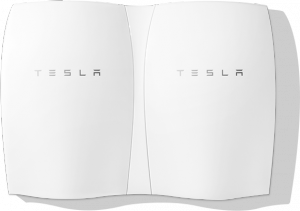 The PowerWall will be marketed to all homeowners, not just those with solar panels or other renewable energy systems. The concept is simple. The battery gets charged overnight when electricity rates are lowest. Then it is used to power the home during the morning and evening peak usage times, saving the customer enough money to more than pay for the system and installation.
The PowerWall will be marketed to all homeowners, not just those with solar panels or other renewable energy systems. The concept is simple. The battery gets charged overnight when electricity rates are lowest. Then it is used to power the home during the morning and evening peak usage times, saving the customer enough money to more than pay for the system and installation.
If the customer has a home solar system, it will charge the PowerWall during the day, reducing the need to buy any electricity from the grid even further. Depending on local conditions, customers can even sell any excess power back to the local utility company, reducing their electric bills that much more.
Tesla PowerPack For Commercial Customers
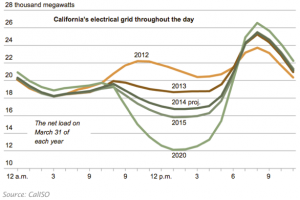 Tesla Energy has its sights on more than just residential customers. We know larger battery storage systems have been installed in 11 Walmart stores already. Now Amazon has committed to an enormous 4.8 mWh system for its western US data center, according to Gizmodo. Selected Target stores will also get Tesla Energy PowerPack systems.
Tesla Energy has its sights on more than just residential customers. We know larger battery storage systems have been installed in 11 Walmart stores already. Now Amazon has committed to an enormous 4.8 mWh system for its western US data center, according to Gizmodo. Selected Target stores will also get Tesla Energy PowerPack systems.
The benefits of on-site battery storage are magnified for large scale commercial operations. In the traditional business model used by utility companies. they have no choice but to buy power from the grid during peak demand times. Having on-site energy storage capability will allow then to charge their batteries when electricity costs the least and use that stored energy when it benefits them the most. Here’s more from the Tesla Energy website:
Based on the powertrain architecture and components of Tesla electric vehicles, Tesla energy storage systems deliver broad application compatibility and streamlined installation by integrating batteries, power electronics, thermal management and controls into a turn key system.
Tesla’s energy storage allows businesses to capture the full potential of their facility’s solar arrays by storing excess generation for later use and delivering solar power at all times. Business Storage anticipates and discharges stored power during a facility’s times of highest usage, reducing the demand charge component of the energy energy bills. Energy storage for business is designed to:
- Maximize consumption of on-site clean power
- Avoid peak demand charges
- Buy electricity when it’s cheapest
- Get paid by utility or intermediate service providers for participating in grid services
- Back up critical business operations in the event of a power outage
It’s a simple business case to make — our energy storage system will save your business tons of money. What business owner wouldn’t be happy with that?
Tesla Energy Grid Scale Storage
The most important part of Thursday’s announcement may turn out to be Tesla Energy’s entry into the grid scale energy storage market. Southern California Edison and OnCor have indicated interest in partnering with Tesla Energy on large scale energy storage installations. Elon Musk said Thursday night that phase of the business will be based on multiples of 100 kWh basic units that can interconnect to provide up to 10 megawatt-hours of electrical storage. Why is that important?
Since utility grids were first invented, the model has been for large generating plants located in or near major cities supplying electricity to the surrounding area. Eventually, long distance power transmission lines were constructed to connect those city scale power systems into regional power grids supplying millions of customers.
But renewable energy sources like wind or solar farms tend to focus on relatively small installations located far from urban centers. They feed their power into the grid from the edges, not from the middle. Roof top solar sytems for individual homes and small businesses feed small amounts of power into the grid from hundreds or even thousands of locations in the middle of the grid.
Utility grids are simply not constructed to behave efficiently with all that electricity being supplied from multiple sources. Home solar in particular has led to a dramatic increase in voltage fluctuations across entire grids. If those fluctuations are large enough, they can damage computers and other digital devices. Grid scale storage batteries can absorb all those spikes and fluctuations coming in and feed clean, well regulated electricity back out.
Generating plants and utility grids are expensive to build and maintain. Industry observers estimate utility companies in North America will need to spend as much as $ 1.5 trillion dollars by 2030 to build new electric generating facilities and maintain the utility grid. Some industry executives suggest that the best way to move forward is to dismantle the grid and transition to a microgrid model.
According to Green Tech Media, David Crane, CEO of NRG Energy, told an industry conference in February, 2014, “There will come a day, in a generation or so, when the grid is at best an antiquated system to a completely different way of buying electricity. Everyone just stop a moment and think how shockingly stupid it is to build a 21st-century electric system based on a system of 130 million wooden poles. Stop trying to rearrange the deck chairs on the Titanic, and start talking about, ‘How do we get rid of the grid?’”
Elon Musk will be more than happy to help Crane and his peers get rid of their grid. In his remarks, he told the audience that with 2 billion batteries and a lot of solar panels, the world could finally stop using fossil fuels to generate electricity altogether. He added that microgrids and renewable energy could empower large segments of the world’s population who presently have no access to electric power. Musk has always been a champion of ” disruptive technology.” It doesn’t get much more disruptive than dismantling the electrical grid and making electric utilities obsolete.
Demand curve chart via CaliSO
Elon Musk
Tesla Energy shines with substantial YoY growth in deployments
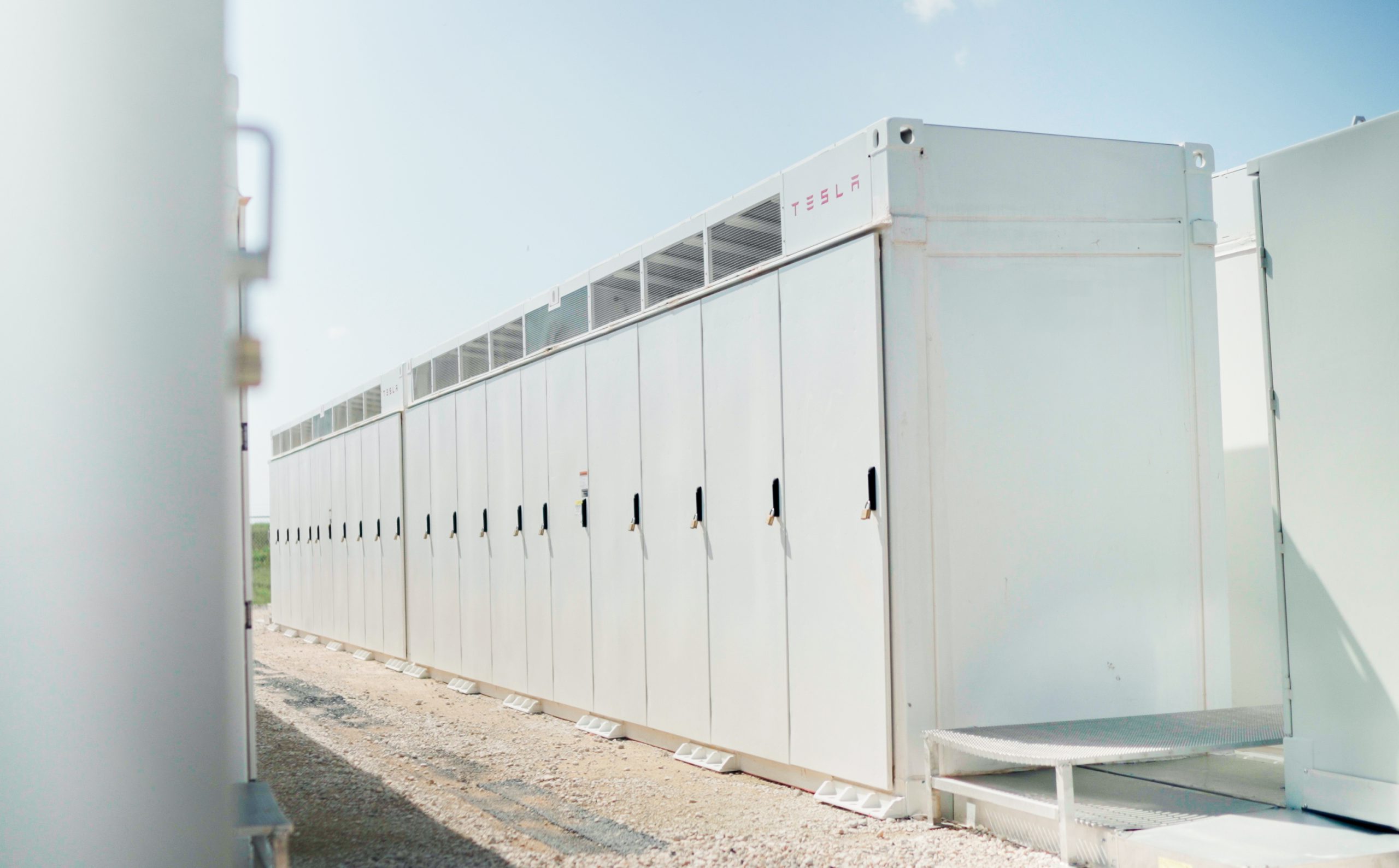
Tesla Energy shined in what was a weak delivery report for the first quarter, as the company’s frequently-forgotten battery storage products performed extraordinarily well.
Tesla reported its Q1 production, delivery, and deployment figures for the first quarter of the year, and while many were less-than-excited about the automotive side, the Energy division performed well with 10.4 GWh of energy storage products deployed during the first quarter.
This was a 156 percent increase year-over-year and the company’s second-best quarter in terms of energy deployments to date. Only Q4 2024 was better, as 11 GWh was recorded.
Tesla Energy is frequently forgotten and not talked about enough. The company has continued to deploy massive energy storage projects across the globe, and as it recorded 31.5 GWh of deployments last year, 2025 is already looking as if it will be a record-setting year if it continues at this pace.
Tesla Megapacks to back one of Europe’s largest energy storage sites
Although Energy performed well, many investors are privy to that of the automotive division’s performance, which is where some concern lies. Tesla had a weak quarter for deliveries, missing Wall Street estimates by a considerable margin.
There are two very likely reasons as to why this happened: the first is Tesla’s switchover to the new Model Y at its production facilities across the globe. Tesla said it lost “several weeks” of production due to the updating of manufacturing lines as it rolled out a new version of its all-electric crossover.
Secondly, Tesla could be facing some pressure from pushback against the brand, which is what many analysts will say. Despite the publicity of attacks on Tesla drivers and their vehicles, as well as the company’s showrooms, it would be safe to assume that we will have a better picture painted of what the issue is in Q2 after the company reports numbers in July.
If Tesla is still struggling with lackluster delivery figures in Q2 after the Model Y is ramped and deliveries are more predictable and consistent, we could see where the argument for brand damage is legitimate. However, we are more prone to believe the Model Y, which accounts for most of Tesla’s sales, and its production ramp is likely the cause for what happened in Q1.
In what was a relatively bleak quarter, Tesla Energy still shines as the bright spot for the quarter.
Energy
Tesla lands in Texas for latest Megapack production facility
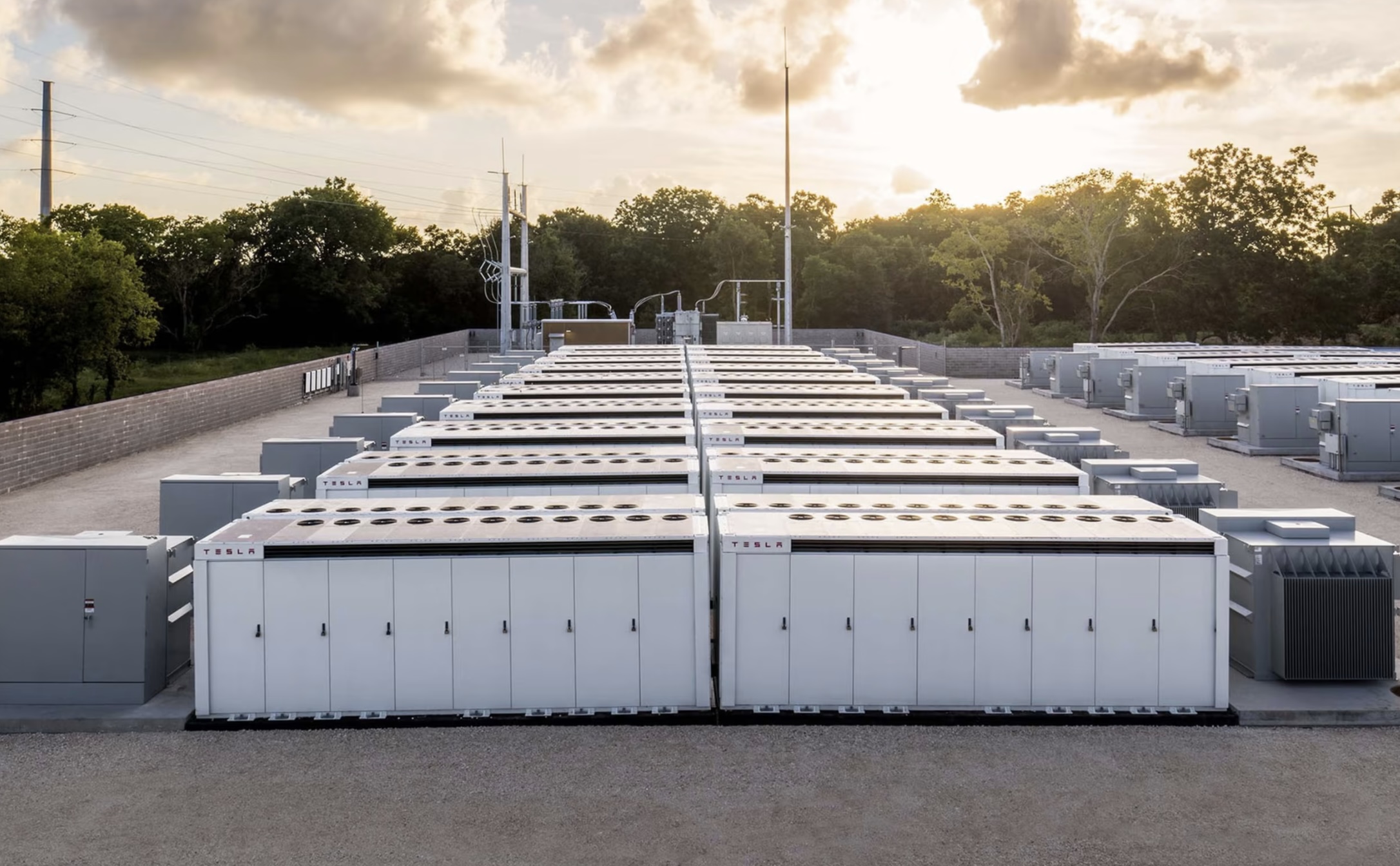
Tesla has chosen the location of its latest manufacturing project, a facility that will churn out the Megapack, a large-scale energy storage system for solar energy projects. It has chosen Waller County, Texas, as the location of the new plant, according to a Commissioners Court meeting that occurred on Wednesday, March 5.
Around midday, members of the Waller County Commissioners Court approved a tax abatement agreement that will bring Tesla to its area, along with an estimated 1,500 jobs. The plant will be located at the Empire West Industrial Park in the Brookshire part of town.
Brookshire also plans to consider a tax abatement for Tesla at its meeting next Thursday.
The project will see a one million square-foot building make way for Tesla to build Megapack battery storage units, according to Covering Katy News, which first reported on the company’s intention to build a plant for its energy product.
CEO Elon Musk confirmed on the company’s Q4 2024 Earnings Call in late January that it had officially started building its third Megapack plant, but did not disclose any location:
“So, we have our second factory, which is in Shanghai, that’s starting operation, and we’re building a third factory. So, we’re trying to ramp output of the stationary battery storage as quickly as possible.”
Tesla plans third Megafactory after breaking energy records in 2024
The Megapack has been a high-demand item as more energy storage projects have started developing. Across the globe, regions are looking for ways to avert the loss of power in the event of a natural disaster or simple power outage.
This is where Megapack comes in, as it stores energy and keeps the lights on when the main grid is unable to provide electricity.
Vince Yokom of the Waller County Economic Development Partnership, commented on Tesla’s planned Megapack facility:
“I want to thank Tesla for investing in Waller County and Brookshire. This will be a state-of-the-art manufacturing facility for their Megapack product. It is a powerful battery unit that provides energy storage and support to help stabilize the grid and prevent outages.”
Tesla has had a lease on the building where it will manufacture the Megapacks since October 2021. However, it was occupied by a third-party logistics company that handled the company’s car parts.
Energy
Tesla Energy had a blockbuster 2024

Tesla Energy has become the undisputed dark horse of the electric vehicle maker. This was highlighted by Tesla Energy’s growing role in the company’s overall operations in the past quarters.
And as per Tesla’s year-end milestone posts on X, Tesla Energy had a blockbuster 2024.
Tesla Energy’s 2024 milestones:
- As per Tesla on its official social media account on X, the company has hit over 800,000 Powerwalls installed worldwide.
- From this number, over 100,000 Powerwall batteries have been enrolled in virtual power plant (VPP) programs.
- The Powerwall 3 has officially been launched in the United States, Canada, Puerto Rico, the U.K., Germany, Italy, Australia, and New Zealand.
- The Tesla Megapack hit over 22 GWh in operation across more than 60 countries across the globe.
- The Lathrop Megafactory, which produces the Megapack, has been ramped to 40 GWh per year.
- The Lathrop Megafactory has also produced its 10,000th Megapack battery.
- The Shanghai Megafactory was completed in just seven months, and it is ready to start Megapack production in Q1 2025.
Hit 800k Powerwalls installed worldwide
— Tesla (@Tesla) December 31, 2024
Also:
– Over 100k Powerwalls are now enrolled in VPP programs
– Launched Powerwall 3 in the US, Canada, Puerto Rico, UK, Germany, Italy, Australia & New Zealand
– Megapack hit 22+ GWh in operation across 60+ countries
– Ramped… pic.twitter.com/bE88DpeyTg
Powerwall owners’ 2024 impact:
- As per Tesla Energy, Powerwall owners generated a total of 4.5 TWh of solar energy globally in 2024. This was equivalent to powering a Model 3 for more than 17 billion miles.
- A total of 1.1 TWh of energy was stored in Powerwalls in 2024. This protected homes from over 5.8 million outages during the year.
- Tesla’s Storm Watch feature for Powerwall batteries covered 2.8 million severe weather events over the year.
- Powerwall owners saw collective savings of over $800 million on utility bills.
- Virtual Power Plants contributed over 2.2 GWh of power to the grid. This reduced the need for 2,200 metric tons of fossil fuel peaker plant emissions.
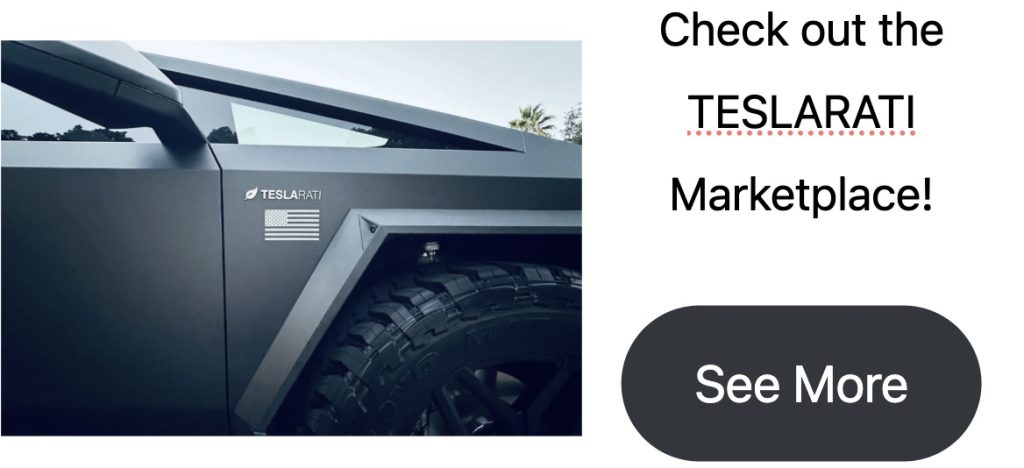

Don’t hesitate to contact us with news tips. Just send a message to simon@teslarati.com to give us a heads up.
-
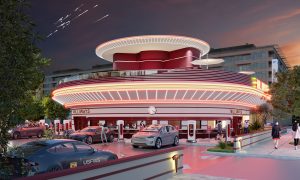
 News4 days ago
News4 days agoTesla’s Hollywood Diner is finally getting close to opening
-

 Elon Musk7 days ago
Elon Musk7 days agoTesla doubles down on Robotaxi launch date, putting a big bet on its timeline
-

 News1 week ago
News1 week agoTesla’s top investor questions ahead of the Q1 2025 earnings call
-
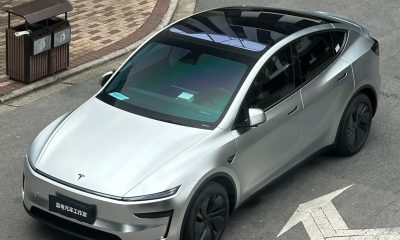
 Investor's Corner2 weeks ago
Investor's Corner2 weeks agoTesla bull sees company’s future clearly: Cathie Wood
-

 Cybertruck2 weeks ago
Cybertruck2 weeks agoTesla confirms Cybertruck will make its way out of North America this year
-

 News2 weeks ago
News2 weeks agoBell Canada takes aim at potential Starlink subsidies
-
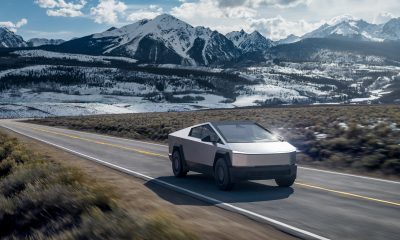
 News2 weeks ago
News2 weeks agoTesla launches cheapest and longest range Cybertruck trim yet
-

 Investor's Corner2 weeks ago
Investor's Corner2 weeks agoTesla average transaction prices (ATP) rise in March 2025: Cox Automotive

